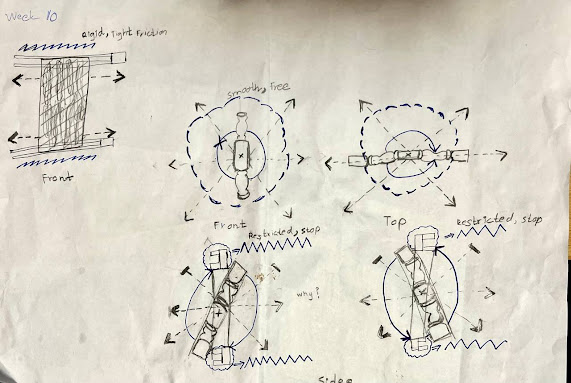_thinkMake Week_10, (Spatial Practices: Thinking and Making) - Rhythmanalysis
This week was about Rhythmanalysis and we had a reading of Chapter 1 - The Critique of the Thing of Rhythmanalysis Space, Time and Everyday Life by Henri Lefebvre.
In this chapter, Lefebvre introduces the concept of rhythmanalysis, which is a method of analyzing the rhythms of space and time in everyday life. He argues that rhythms are not things, but relations between things, and that they reveal the dynamic and dialectical nature of things in the world. Through this reading, I resonated with that
- Rhythmanalysis is a way of understanding the world through the study of rhythms, which are the movements and interactions of things in nature, society and everyday life.
- Rhythms are not static or fixed, but constantly changing and evolving, influenced by natural, biological, social, and historical factors.
- Rhythms can be observed, measured, and compared such as their intensity, duration, frequency, regularity and harmony, but they cannot be reduced to simple formulas or laws.
- Rhythms are expressions of life, as well as the possibilities for change and creativity and they reflect the contradictions and conflicts in social reality.
As usual, I picked three words that reflected most in the texts after the reading. They are
- To demystify
- To rotate
- To modulate
I drew the lines based on what I had memorised around my surroundings, the rhythms of table arrangements, curtains and windows linear repetitions, the modulate and frequencies of sounds and noise coming from the students from another room, the demystification of the urge to rotate around the boards and what's behind them and the constant tapping of the pencils from my classmate's drawings.
In the evening session, we have to illustrate rhythmanalysis diagram which includes our assemblage that was made last week at the workshop and its rhythm relationships.
Raw Sketch rhythmanalysis illustration of my assemblage
Graphical rhythmanalysis illustration of my assemblage
I presented the rhythms in my assemblage based on the machine operations such as the movements, directions, sounds and materials representing symbols, shapes and arrowheads. Also, the user's functional relationship to it is based on how much energy is consumed to perform, and how they see, hear and touch it.
In addition, to the assemblage rhythm, a life cycle rhythm for the wood before it became furniture and dismantled.





Comments
Post a Comment